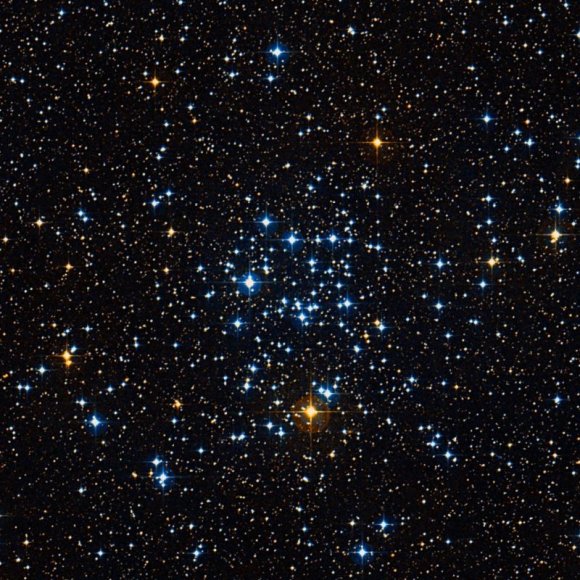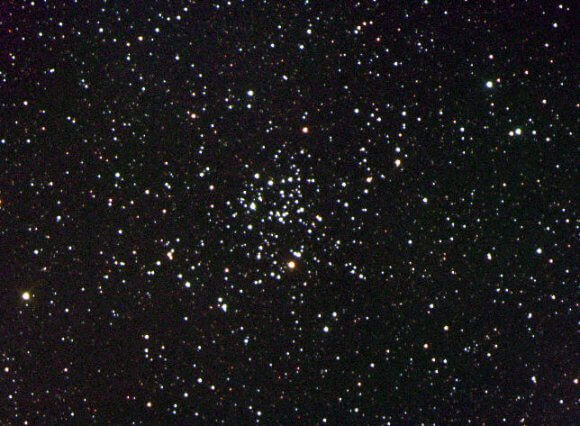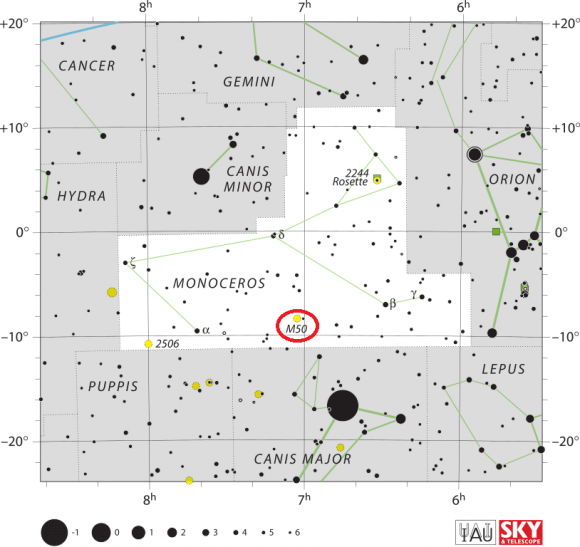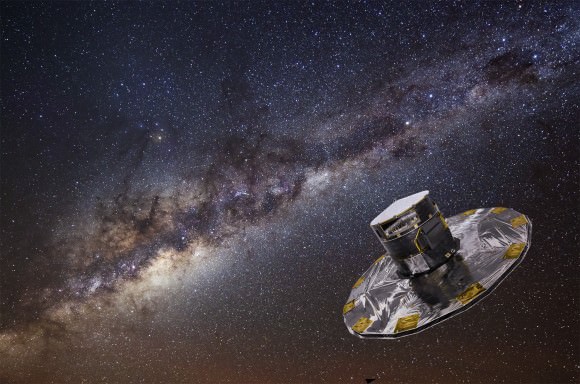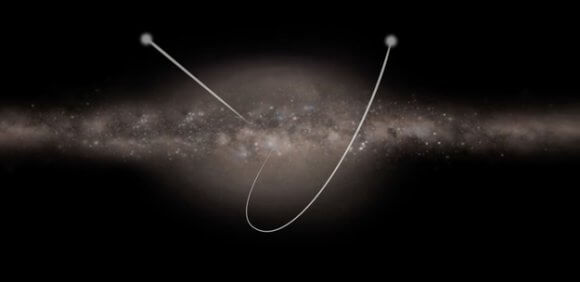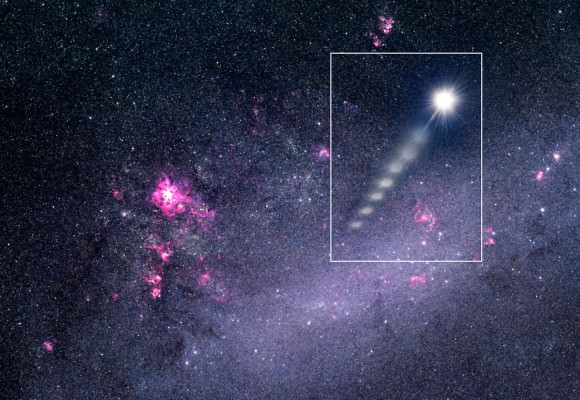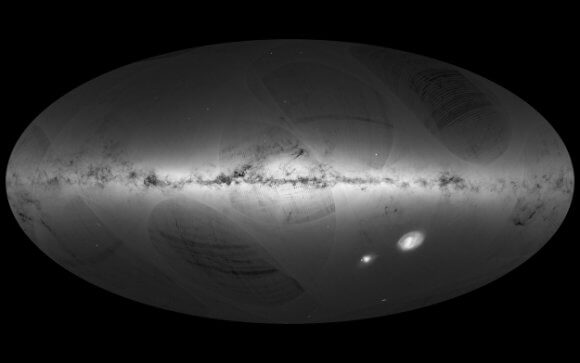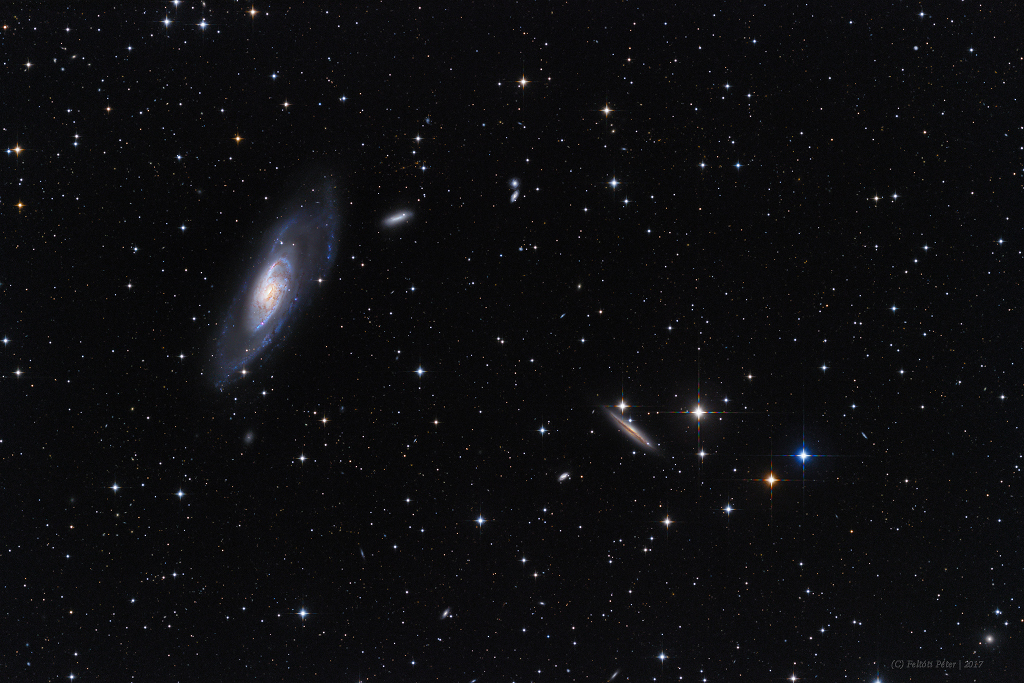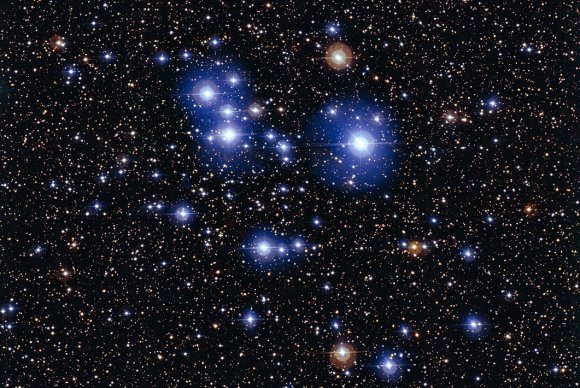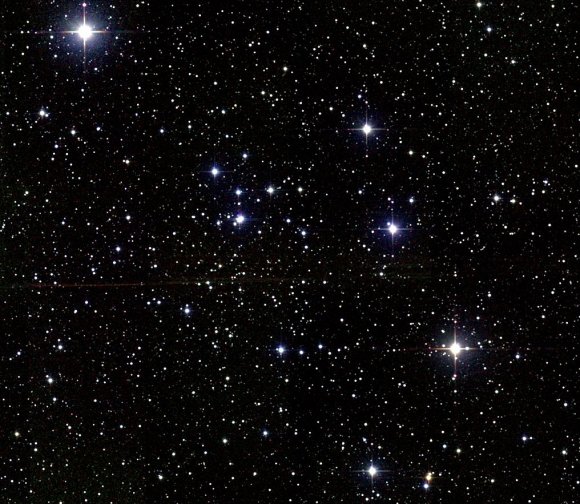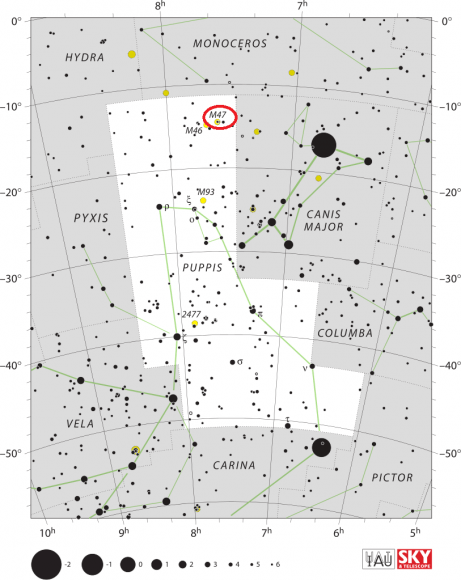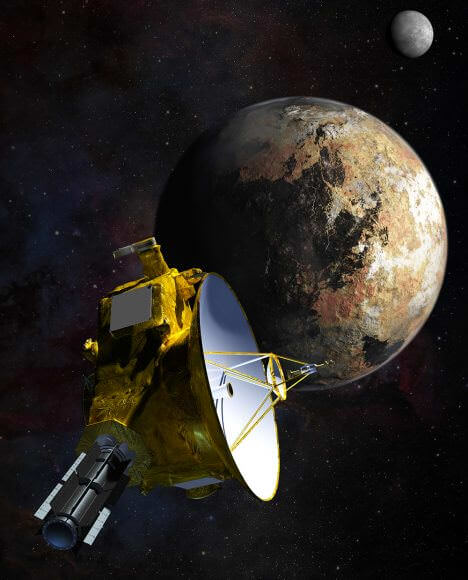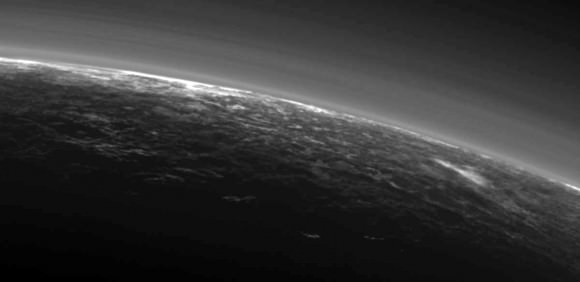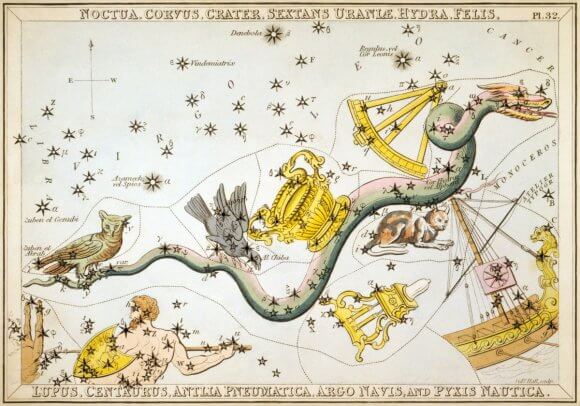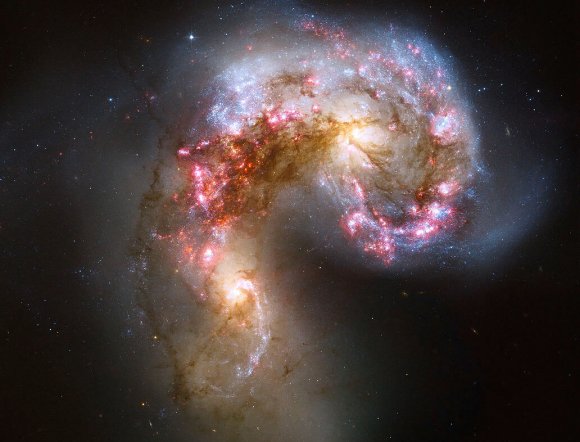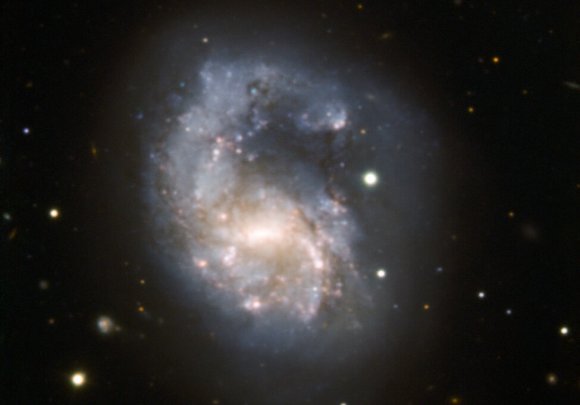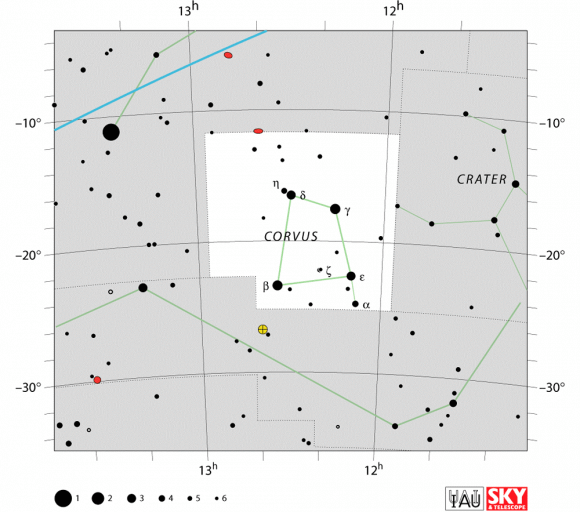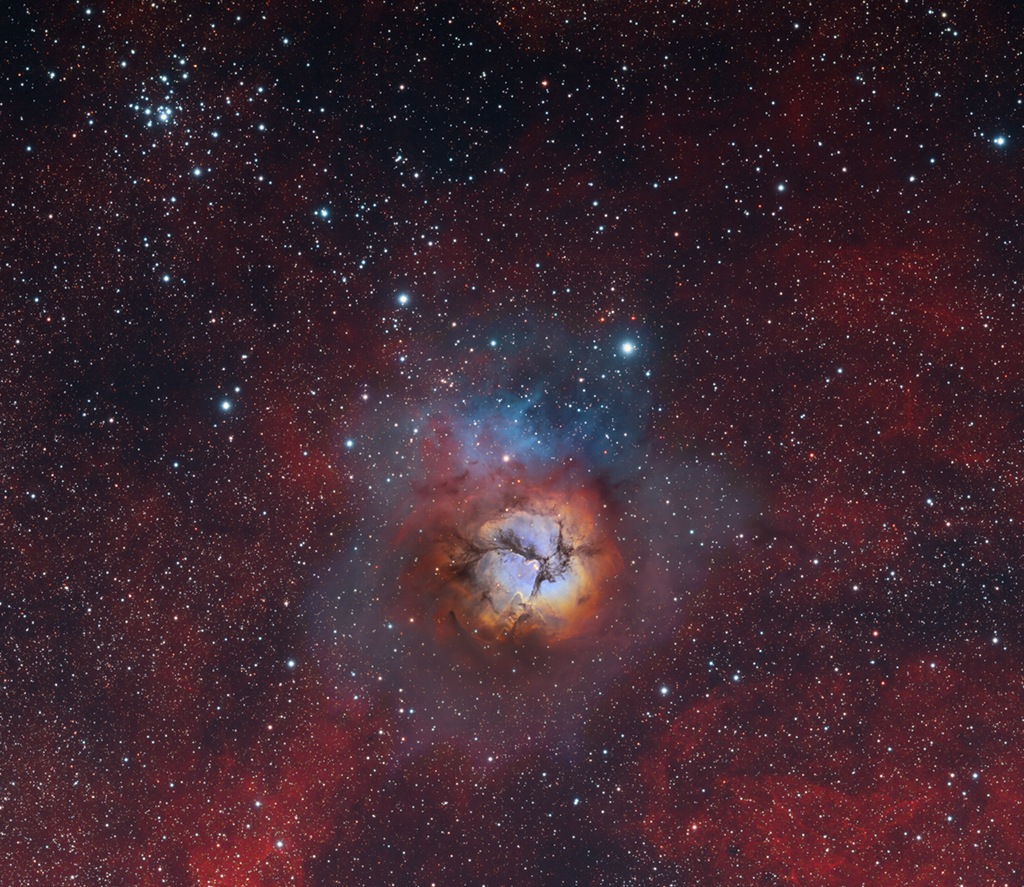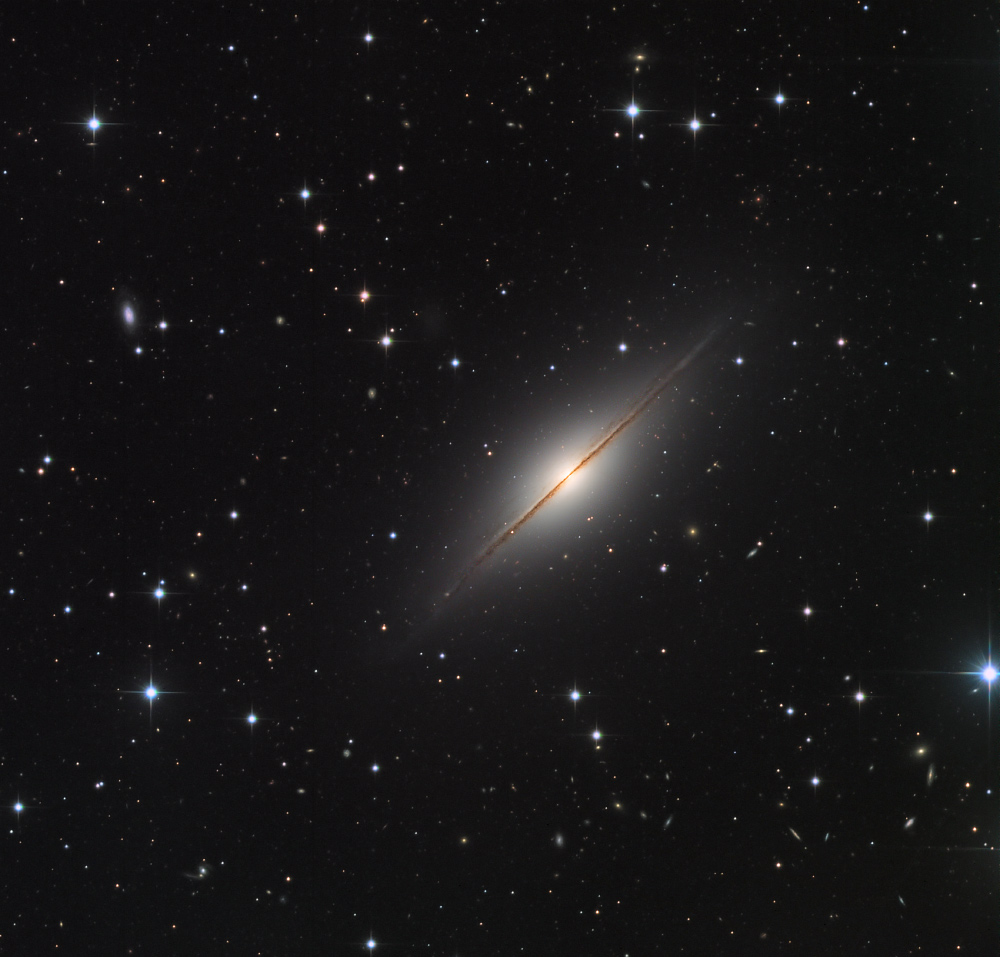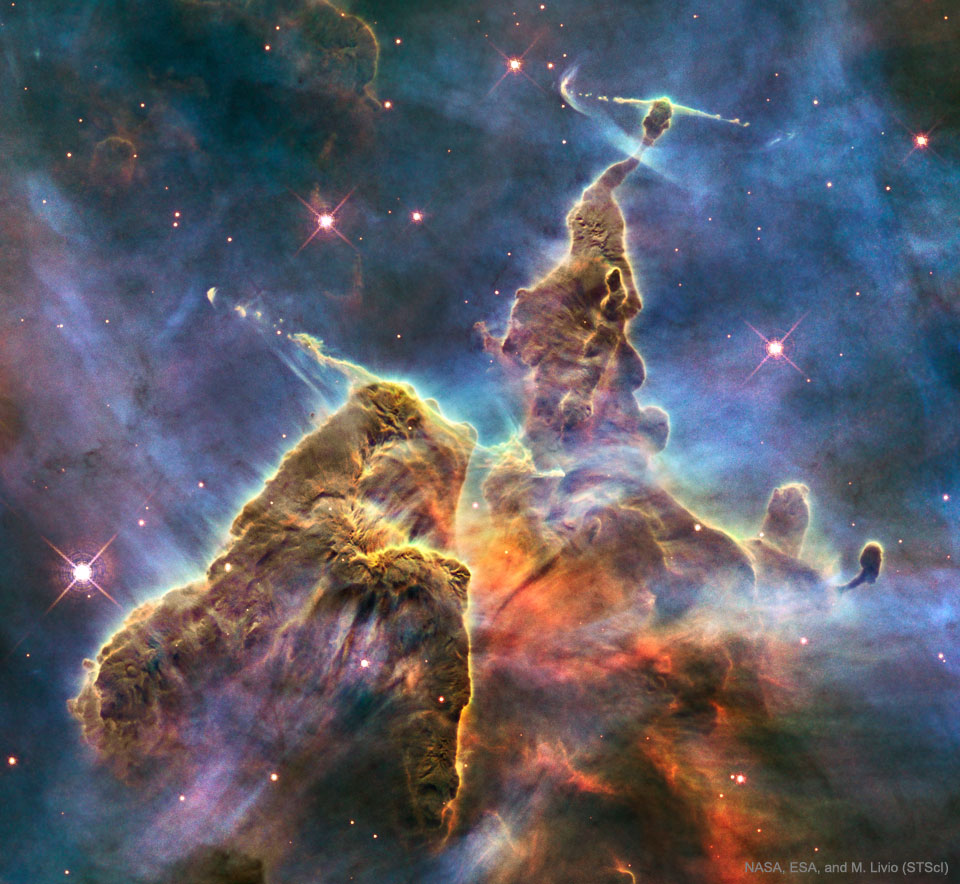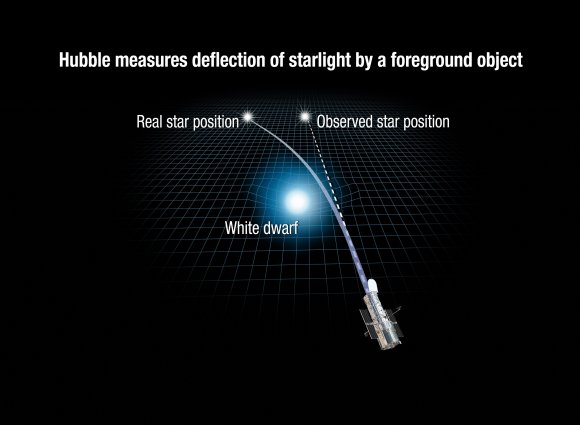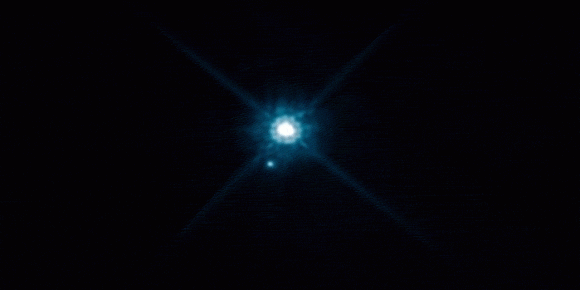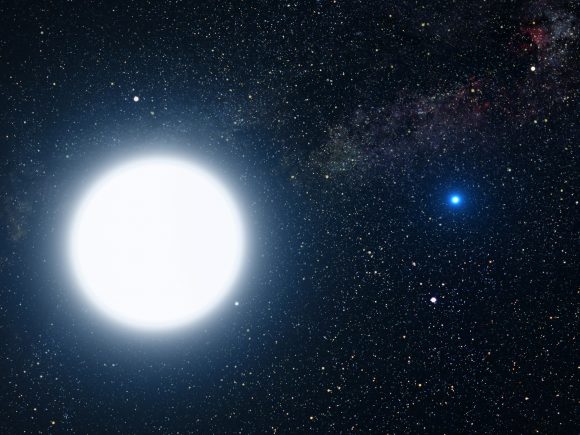Welcome back to Messier Monday! We continue our tribute to our dear friend, Tammy Plotner, by looking at the open star cluster of Messier 50. Enjoy!
In the 18th century, while searching the night sky for comets, French astronomer Charles Messier kept noting the presence of fixed, diffuse objects in the night sky. In time, he would come to compile a list of approximately 100 of these objects, with the purpose of making sure that astronomers did not mistake them for comets. However, this list – known as the Messier Catalog – would go on to serve a more important function.
One of these objects is the open star cluster known as Messier 50 (aka. NGC 2323). Located at a distance of about 3,200 light-years from Earth, this object sits near the border between the Monoceros and Canis Major constellations. It is described as a ‘heart-shaped’ figure, occupies an area about half the size of the full Moon, and is easy to find because of its proximity to Sirius (the brightest star in the night sky).
Description:
Located about 3,200 light years from our solar system, this stellar gathering could be perhaps as much as 20 light years across, but the central concentration is believed to only span across roughly 10 light years. While that doesn’t seem that large, it’s lit by the candlepower of what could be 200 stars! And picking such a group of stars out of a well-known OB1 association isn’t easy. It requires photometry. As J.J. Claria (et al) remarked in a 1997 study:“UBV and DDO photoelectric photometry in the field of the open cluster NGC 2323 is presented. The analysis yields 109 probable members; one of them being a red giant, and 3 possible members. The basic cluster parameters are derived. NGC 2323 appears not to be physically connected to the CMa OB1 association.”In this region of the sky are vast molecular clouds compressing into star forming regions known as OB1 associations. The stars spawned by these vast clouds form into open clusters containing dozens to thousands of members and, over time, disassociate with not only the molecular cloud, but their sibling star clusters as well. Sure, it took 100-120 million years for it to happen, but as the group of stars cut away from the field, each member also aged differently.
By studying open clusters like M50 and its relative M35, we can learn more about the dynamics of star clusters which formed roughly at the same time in the same area. As Jasonjot Kalirai (et al) indicated in their 2003 study:
“The color-magnitude diagrams for the clusters exhibit clear main sequences stretching over 14 mag in the (V, B-V)-plane. Comparing these long main sequences with those of earlier clusters in the survey, as well as with the Hyades, has allowed for accurate distances to be established for each cluster. Analysis of the luminosity and mass functions suggests that, despite their young ages, both clusters are somewhat dynamically relaxed, exhibiting signs of mass segregation. This is especially interesting in the case of NGC 2323, which has an age of only 1.3 times the dynamical relaxation time. The present photometry is also deep enough to detect all of the white dwarfs in both clusters. We discuss some interesting candidates that may be the remnants of quite massive (M>=5Msolar) progenitor stars. The white dwarf cooling age of NGC 2168 is found to be in good agreement with the main-sequence turnoff age. These objects are potentially very important for setting constraints on the white dwarf initial-final mass relationship and the upper mass limit for white dwarf production.”So, did age or movement produce the colorful display of stars we can observe in M50 – or was it simply the chemical ingredients responsible? According to a 2005 study conducted by Bragaglia and Monica:
“We describe a long-term project aimed at deriving information on the chemical evolution of the Galactic disk from a large sample of open clusters. The main property of this project is that all clusters are analyzed in a homogeneous way to guarantee the robustness of the ranking in age, distance, and metallicity. Special emphasis is devoted to the evolution of the earliest phases of the Galactic disk evolution, for which clusters have superior reliability with respect to other types of evolution indicators. The project is twofold: on one hand we derive the age, distance, and reddening (and indicative metallicity) by interpreting deep and accurate photometric data with stellar evolution models, and on the other hand, we derive the chemical abundances from high-resolution spectroscopy. The importance of quantifying the theoretical uncertainties by deriving the cluster parameters with various sets of stellar models is emphasized. Stellar evolution models assuming overshooting from convective regions appear to better reproduce the photometric properties of the cluster stars. The examined clusters show a clear metallicity dependence on the galactocentric distance and no dependence on age. The tight relation between cluster age and magnitude difference between the main-sequence turnoff and the red clump is confirmed.”
History of Observation:
While M50 was possibly discovered by G.D. Cassini 1711, it was independently recovered by Charles Messier on the night of April 5th, 1772. In his notes, he wrote of his discovery:“Cluster of small stars, more or less brilliant, above the right loins of the Unicorn, above the star Theta of the ear of Canis Major, & near a star of 7th magnitude. It was while observing the Comet of 1772 that M. Messier observed this cluster. He has reported it on the chart of that comet, on which its trace has been drawn.”It would later be observed by William Hershel, but not until his son John cataloged it before anyone began to notice colors in the stars. However, Admiral Smyth did!
“This is an irregularly round and very rich mass, occupying with its numerous outliers more than the field, and composed of stars from the 8th to the 16th magnitudes; and there are certain spots of splendour which indicate minute masses beyond the power of my telescope. The most decided points are, a red star towards the southern verge, and a pretty little equilateral triangle of 10th sizers, just below, or north of it. The double star here noted was carefully estimated under a full knowledge of the vertical and parallel lines of the field of view: this was made triple by H. [John Herschel], whose 2357 of the Fifth Series it is; but he must be mistaken in calling it Struve 748, which is Theta Orionis. It is sufficiently conspicuous as a double star, and though I perceive an infinitesimal point exactly om the vertical of A, I cannot ascertain whether it is H.’s C. This superb object was discovered by Messier in 1771 [actually 1772], and registered “a mass of small stars more or less brilliant.” It is 9 deg north-north-east of Sirius, and rather more than one-third of the distance between that star and Procyon.”
Locating Messier 50:
Because M50 is such a big and bright open star cluster, it’s relatively easy to find with complicated starhop instructions. Actually, the constellation of Monoceros is more difficult! Begin by identifying the brightest star in northern hemisphere skies – Alpha Canis Major – Sirius. Roughly a handspan to the northeast you’ll see another prominent bright star – Alpha Canis Minor – Procyon.The location of Messier 50 in the Monoceros constellation. Credit: IAU/Sky & Telescope magazine (Roger Sinnott & Rick Fienberg)
Between these two lay the faint and indistinguishable constellation of Monoceros, and slightly southwest of the center point is Messier 50. In small binoculars and a telescope finderscope, you’ll quickly spot a compression in the starfield, and may even be able to see it as a slight contrast change with the unaided eye. In larger binoculars and small telescopes, it blooms into a cloud of stars, well resolved against the grainy backdrop of fainter stars.
In large aperture telescopes, even more stars resolve and colors begin to appear. Because of magnitude and the nature of star clusters, Messier 50 makes an outstanding target for high light pollution areas, moonlit nights and even less than perfect sky conditions.
Enjoy your own “colorful” observations of this rich and beautiful star cluster!
And as always, here are the quick facts on this Messier Object to help you get started:
Object Name: Messier 50
Alternative Designations: M50, NGC 2323
Object Type: Open Galactic Star Cluster
Constellation: Monoceros
Right Ascension: 07 : 03.2 (h:m)
Declination: -08 : 20 (deg:m)
Distance: 3.2 (kly)
Visual Brightness: 5.9 (mag)
Apparent Dimension: 16.0 (arc min)
We have written many interesting articles about Messier Objects here at Universe Today. Here’s Tammy Plotner’s Introduction to the Messier Objects, M1 – The Crab Nebula, and David Dickison’s articles on the 2013 and 2014 Messier Marathons.
Be to sure to check out our complete Messier Catalog. And for more information, check out the SEDS Messier Database.
Sources:
The post Messier 50 – the NGC 2323 Open Star Cluster appeared first on Universe Today.
